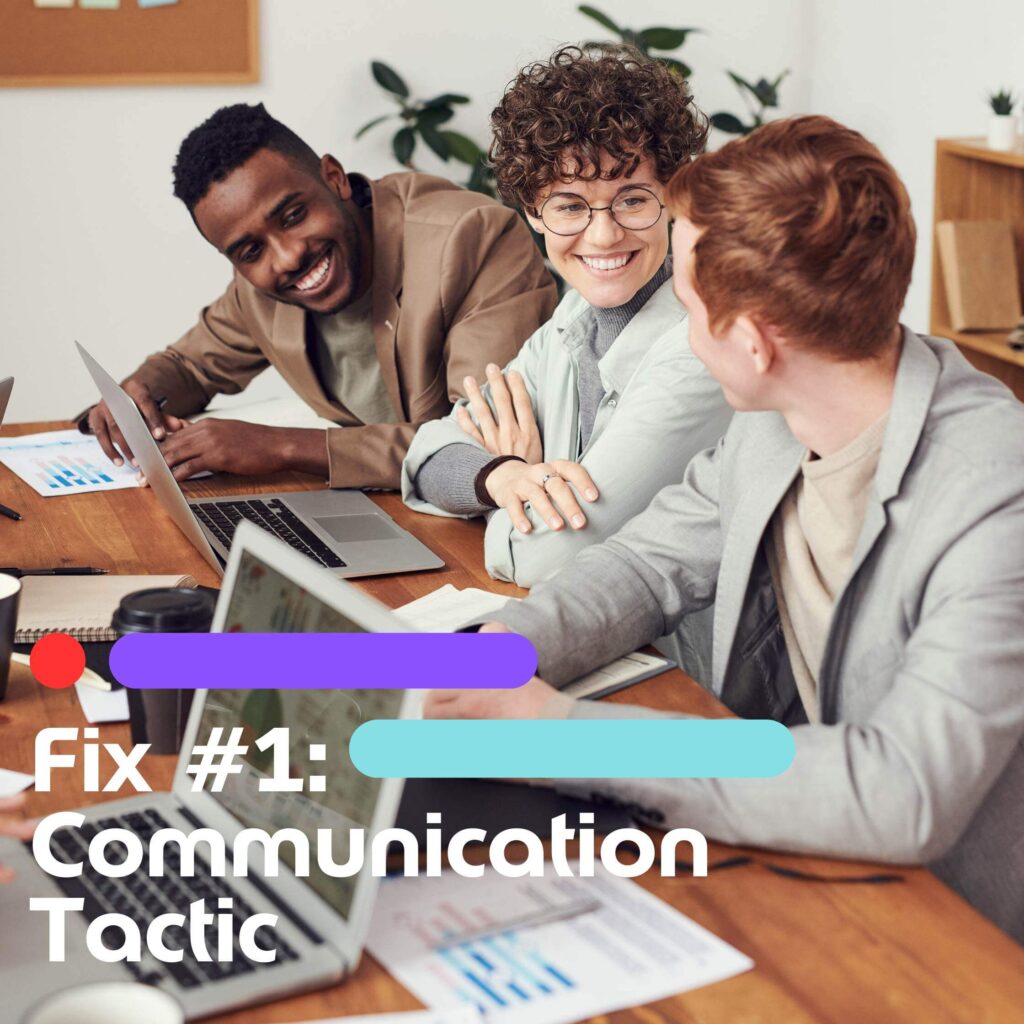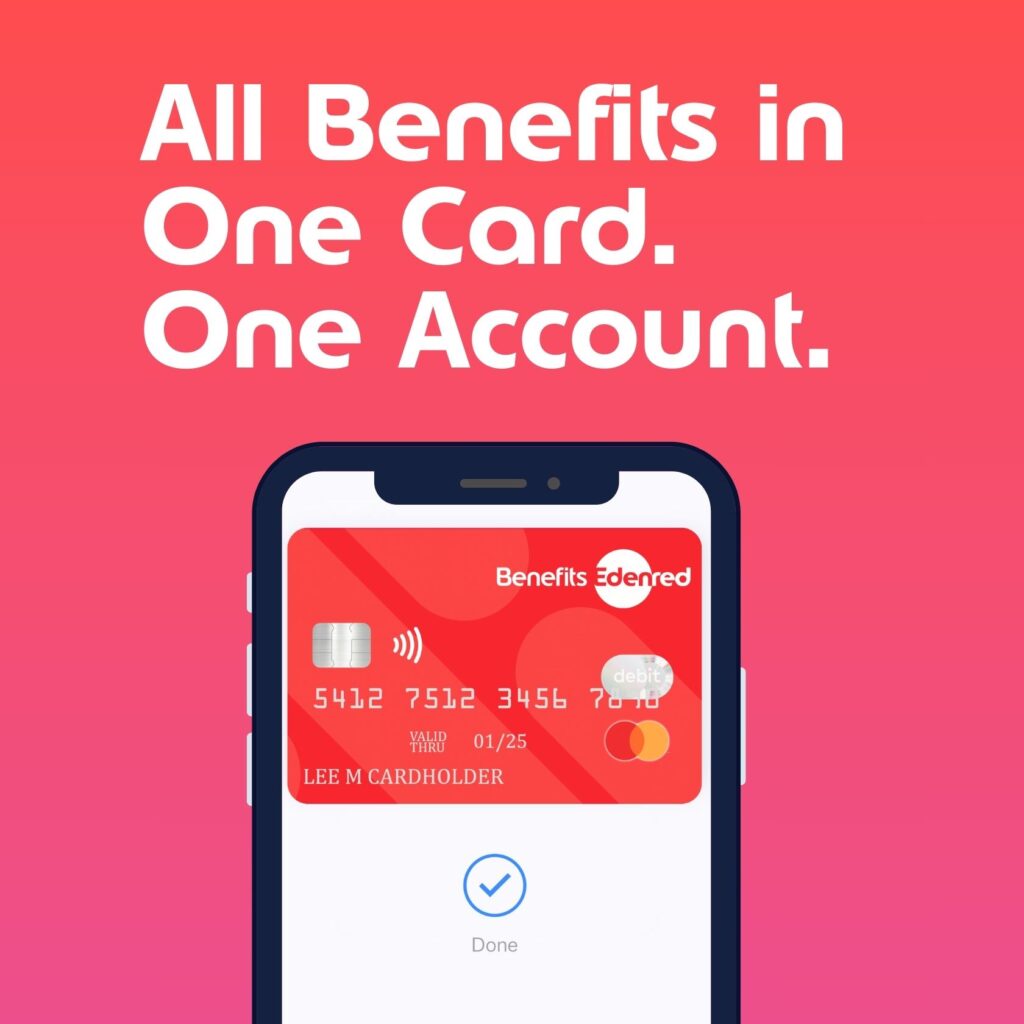It’s playing out everywhere these days: a team starts looking at its HR OKRs and realizes retention-focused KPIs are on a slow trek south. And so the scramble to get numbers up before end-of-year (EOY) begins.

Why? Blame the Great Resignation, even if it is said to be “over” now. Note that we’re only back to pre-pandemic levels of turnover, though — which still means turnover rates are still higher than any business really wants. Or blame a change in product lines, materials, or something else because of supply-chain issues. Or put the whole ball of retention wax on inflation’s shoulders, because the cost of getting to work and being at work does make a difference in terms of where employees work.
Regardless, the blame game, which admittedly is fun to play while having a cup of coffee with your bestie, isn’t changing the metrics. It’s time for some quick-and-dirty tactics to boost engagement, reduce turnover and meet your retention KPIs. No, not another new measurement tool or mandatory employee meeting. Let’s focus instead on 2 things you’re already doing that you could tweak to make retention numbers even better: communication and benefits.
Fix #1: Add a Communication Tactic to Reach a Retention KPIs

Retention tactic: Walk around, ask questions, talk.
“Where’s the beef? It just arrived! Barney’s Burgers is here for food-truck Friday.”
“Get paid! Remember to submit your timesheet by Thursday at noon.”
“Need a change? We just posted these 3 new opportunities that would look so good on you.”
“Help us do more. Finished your employee satisfaction survey.”
HR is a pretty communicative group, but if these are representative of your normal employee communication loop, it’s time to make a change.
It’s time to add more listening to individual employees, too.
Honestly, employee surveys are a great start for collecting large-scale feedback, but there’s not a lot that considers the individual. Plus response rates can be somewhat dismal; estimates from ContactMonkey indicate that employee engagement surveys can expect between 25 and 65% response rates, although the source of that wide-ranging statistics isn’t listed.
Employee engagement questionnaires tend to look more like this:
Select your preference:
- Keep offering only our current health insurance but with a higher monthly premium, lower copay.
- Move the company plan to a new health insurance provider with a lower monthly premium and higher copay (note: this may mean changing your doctor or network, if not covered).
On a scale of 1 (low) to 5 (high), how would you rate your supervisor in the following categories?
- Concern
- Honesty
- Innovation
- Focus
- Fairness
- Transparency
Those are great questions, BTW, but employees aren’t just working for health insurance or because of their relationship with their manager.
Surveys are efficient ways to collect employee input and point you toward specific directions you’re already considering. But they’re lousy at uncovering solutions and new ideas. For that, you have to go straight to the source: personal conversations with the employees themselves.
Structure informal communication as an HR KPI
“Spend 2 hours each week checking in personally and individually with employees to get honest input.”
Why informal communication can help boost employee retention
By taking an unscheduled and informal approach to discussions, the impromptu meetings feel genuine, honest, safe. When word gets around that you’re just asking questions to improve the workplace, you may also help improve the employees’ perception of and trust in HR.
And Psychology Today notes that “organizations benefit from greater employee morale, motivation, productivity, creativity, and clarity when we listen effectively” which leads to improved retention / lower turnover.
How to implement this HR tactic
Talking 1-on-1 takes time. If Benny and Maria are your employees, for example, you’ve got to get to know each before asking the big questions and getting honest feedback. But trust me, they both have ideas.
Ask thought-inspiring questions:
- “The time-card process: what would you like to see changed?” The answers you get could steer you in a new direction or to different providers.
- “How does our pet insurance work for you?”
- When you find out that Benny is allergic to every animal, you know that option probably isn’t the best one for him.
- “What did you think about Barney’s Burgers food truck last Friday?” Oooh, Benny is a gluten-free vegetarian. Barney isn’t. Gotta remember that.
- “What benefits would you really like us to offer?”
- “What’s the hardest part of getting to work for you?”
Ask questions that focus on their personal concerns:
- “How does your family feel about where you work?”
- “What could we do to ensure you’re still here 3 years from now?”
Talk to the not-so-usual suspects.
Is Benny your go-to for information? Are you used to getting input from a group you assembled to represent key employees or teams?
Go deeper.
Talk to people you’ve never seen before, people you don’t know. As great as an employee-representative group might be, it could be that they’ve never talked to Maria or that Maria and the person who’s representing her don’t really see eye-to-eye.
Bonus: Open communication could help you find more opportunities
When you talk to employees 1-on-1, you may also uncover other opportunities that will boost retention, too. For example, Maria’s idea of wellness is massage therapy rather than a gym membership. Or Benny might want to take nutrition classes to help his partner through a recent diagnosis and lifestyle change. These findings could both be used by your team to shape more flexible and usable benefits plans that boost engagement, too.
Fix #2: Boost Employee Retention by Making Benefits-Usage a No-Brainer

Retention tactic: Make benefits easy and exciting to use for everyone.
When you decide to add new benefits, you probably classify them like this:
- Legally required for compliance
- Expected to match competitors/market-demand
- Cool differentiators
But once the benefits are in place, they really fit into 2 much simpler categories:
- Benefits employees use
- Benefits employees don’t use
For this retention boost, let’s focus on the latter because those are probably the ones that can act as the biggest differentiator. These tend to be the fun benefits and the more personal ones, although there are exceptions, like a commuter benefit.
Why are some of your coolest benefits not being used? Usually because they’re more hassle than they’re worth. For example:
- Pet insurance that’s only accepted by specific vet networks, who aren’t convenient to a percentage of the employees.
- Commuter benefits that’s limited to public transit and that work on a receipt-reimbursement system.
- A vacation savings account with incentivized sign ups that only covers specific hotels and booking through a 3rd-party travel agent which leaves last-minute getaways, car travel, and camping uncovered.
Boosting benefits use in these situations is 2-fold:
- Promote and educate employees on the benefits and how to use them.
- Simplifying access and benefit usage
Structure “making benefits easier to use” as an HR KPI
“Simplify usage of our benefits plan and launch a PR and education campaign.”
Why easier-to-use benefits help boost employee retention
The best benefits in the world are more valuable commodities when they’re also simple and natural to use.

How to implement this HR tactic
Promote and educate employees on the benefits and how to use them.
In some cases, a simple PR- and how-to-use campaign may be enough. “Did you know your commuter benefit can cover parking, too? Did you know that ride-sharing is also covered by your commuter benefit? Have you tried our vanpool?” along with simple messaging about how-to-use. Consider enlisting some of your internal influencers who are already using the benefits to share their own stories and help people learn more about using the benefits, too.
Simplify access and benefit usage
But building excitement will still only go so far if the benefit itself is cumbersome or awkward. Fixing this takes a little more work on your part:
- When benefits offered are too limiting: Ask the benefits providers you’re working with for expanded solutions. At Edenred, we offer mobility solutions that can be used in conjunction with a commuter benefits plan to cover everything from Lyft to SpotHero to e-scooter rentals. While these extensions aren’t pre-tax benefits, they boost convenience for the user. Our lifestyle spending accounts (LSA) options also let employers decide which benefits to extend to their teams, which opens up options on how and where employees can use their LSA dollars.
- When benefits usage is too complex: Using multiple providers can extend the reach of your benefits but also reduce the likelihood that an employee is going to remember how to use each benefit. Multiple logins, portals, and systems are a hassle. Who wants to manually input receipts or remember which items are reimbursable and which aren’t? Instead, focus on benefits providers with greater reach. For example, Edenred Benefits is known for our commuter benefits plans but we also offer restaurant/meal benefits, lifestyle spending accounts (LSA), mobility solutions and other options that employees access through a single portal AND a single debit card. Plus employees can add their personal credit or debit cards to the account so that any time they use their Edenred OneCard on a non-reimbursable item or service or when their account is low on funds, their personal card can cover costs instead.
Bonus: Easier-to-use benefits can also make administration of benefits plans easier for HR teams
Making your benefits easier to use for employees will also make administration easier for your own HR team to use (imagine what the world would be like with fewer login questions to answer!). And, when your own HR team is excited about the benefits, they’re also more likely to encourage and educate employees about using benefits during the weekly informal check-ins/stay interviews.








